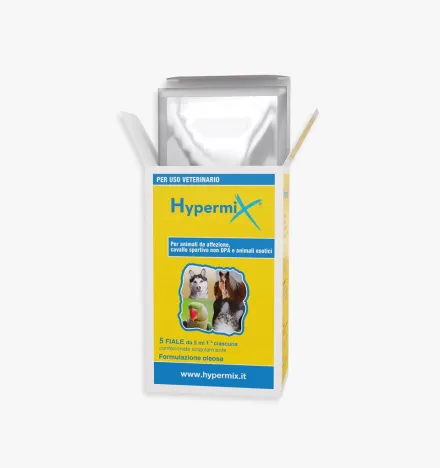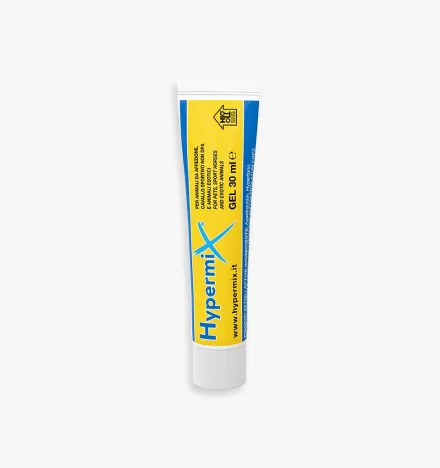Neem
THE TREE WITH EXTRAORDINARY PROPERTIES
Neem (Azadirachta indica) is an evergreen tree native to India and other parts of the Indian subcontinent with great therapeutic properties.
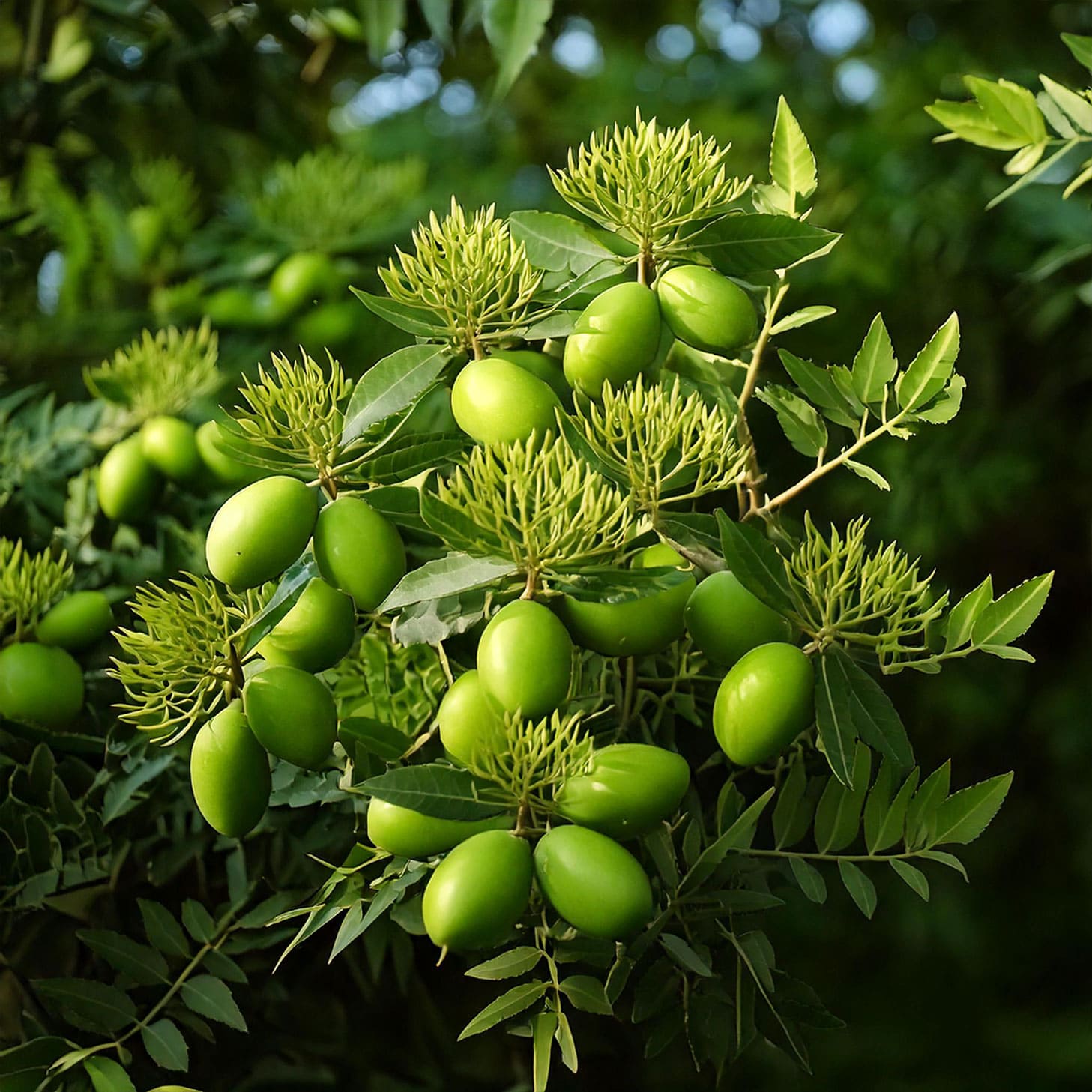
NAME
Neem - Azadirachta indica
FAMILY
Meliacee
WHERE IT IS USED
medicine, cooking, agriculture
Neem plant and derivatives
PROPERTIES AND BENEFITS
Antiparasitic properties
fights fleas, ticks and lice naturally.
Anti-inflammatory properties
reduces itching, swelling and irritation.
Repellent action
keeps out unwanted insects.
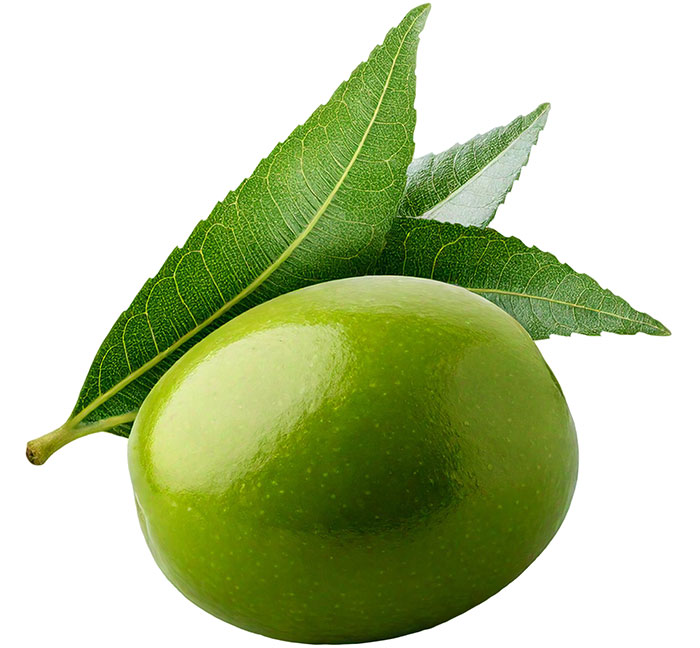
Antibacterial and antifungal properties
effective against dermatitis, mycosis and skin infections.
Healing properties
Promotes healing of wounds and abrasions.
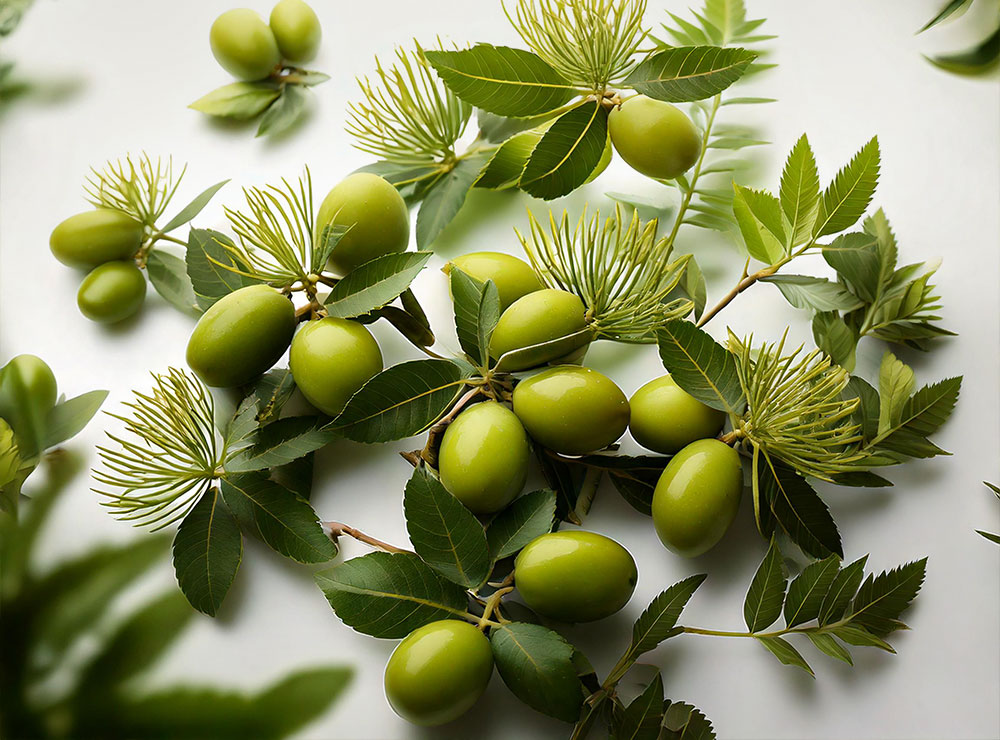
Curiosities
Not only is this tree a powerful healing element for aches, fevers and infections, it is also a symbol of self-sufficiency for many rural Indian communities, offering health solutions directly from its natural environment.
Indice
What is Neem: the tree
Neem, scientifically known as Azadirachta indica, is an evergreen tree that is a member of the Meliaceae family. Native to Indiaand Burma, it is also widespread in other Asian regions such as Bangladesh, Cambodia, Laos, Thailand and Vietnam.
Reaching 25 meters in height and with a longevity that can extend up to 300 years, Neem is distinguished by its ability to adapt to poor soils and arid climates, making it exceptionally resilient. Neem's deep roots allow it to draw water even in drought conditions to support rapid growth; in fact, the tree can reach 7 meters in height in just three years.
In addition to being a bulwark against desertification, Neem is valuable for cooling urban areas. Its dense canopy not only provides protective shade, but also helps reduce temperature making it a key element in urban reforestation strategies, where it helps moderate city climate, improve air quality by absorbing CO₂ and filter water with its roots.
Biologically, Neem seeds contain active compounds, such as Azadirachtin, known for their natural anti-parasitic properties. Neem Oil is widely used to treat flea, tick and lice infestations in pets, providing a natural and sustainable alternative to chemical products. In addition, Neem is effective in treating skin infections and promoting wound healing due to its antimicrobial and anti-inflammatory properties.
Neem has been proclaimed "Tree of the 21st Century" by the United Nations for its positive environmental and health impacts. Every part of the tree, from bark to leaves, is harnessed for its healing virtues, confirming its Sanskrit name, Sarva roga nidarini, which means "the healer of all ills." With its wide use and beneficial properties, Neem continues to be an irreplaceable ally for human health and environmental sustainability.
History of the Neem Tree
The use of Neem has deep roots in Ayurvedic tradition, having been revered for millennia as a mainstay of natural medicine. Ancient Sanskrit texts reveal that every part of the tree-from leaves to bark, flowers to fruit, roots to wood-is rich in substances with medicinal properties.
In India, Neem was affectionately nicknamed "the village pharmacy", a tribute to its wide range of health applications. For centuries, local people have used this tree as a remedy for multiple ailments:
- the twigs are chewed for dental care,
- the juice extracted from the leaves is used to treat skin problems, including in animals,
- infusions of its parts are consumed as health tonics.
With such a rich history, Neem continues to be an essential component in contemporary Ayurvedic culture and practice.
Properties
Neem Oil, which is obtained from the tree, is a powerful extract rich in bioactive ingredients, recognized for its many beneficial properties that find application in a variety of fields, such as medicinal, cosmetic, agricultural and veterinary:
- Antiparasitic action: Azadirachtin, the main active ingredient, makes Neem Oil an effective antiparasitic for animals. It is used to prevent and treat flea, tick, mite and lice infestations in dogs, cats and other animals. Applied to the coat, it helps interrupt the reproductive cycle of parasites without harming the animal, providing a safe and natural solution.
- Antibacterial and antifungal action: Neem Oil is effective in treating bacterial and fungal skin infections in animals. It can be used to treat dermatitis, fungal infections such as ringworm, and even wet paw infections.
- Anti-inflammatory action: for animals suffering from skin irritation, erythema or insect bites, Neem Oil offers quick relief due to its anti-inflammatory properties. It is often used in ointments or lotions to reduce swelling and itching.
- Healing and moisturizing action: rich in essential fatty acids, Neem Oil promotes healing of wounds and abrasions on animal skin. It moisturizes affected areas, prevents infection and accelerates regeneration of damaged tissues.
- Repellent action: Neem Oil is known for its natural odor that acts as a repellent against flies, mosquitoes, and other pesky insects that can harass animals, especially in rural or tropical environments.
Because of these properties, Neem Oil is a valuable resource for animal welfare, complementing traditional treatments with a natural and sustainable approach. It is widely used by breeders, veterinarians, and pet owners seeking safe and environmentally friendly alternatives to conventional chemicals.
Use
The use of Neem in veterinary care is widely recognized for its ability to support animal welfare naturally and effectively. The antiparasitic, antibacterial, and anti-inflammatory properties of Neem oil and extracts make it a valuable resource for both domestic and farm animals.
- Parasite control: Neem Oil is often used to prevent and treat flea, tick, mite and lice infestations. Applied directly to the coat or mixed into shampoos and sprays, it acts as a natural repellent, interrupting the life cycle of parasites without exposing the animal to harsh chemicals.
- Skin and hair care: Neem extracts are effective in treating common skin problems such as dermatitis, erythema and mycosis. They are also used to promote healing of wounds, abrasions and irritations due to their antimicrobial and healing properties.
Other uses
In addition to its well-known therapeutic and medicinal benefits, Neem also finds extensive application in other areas. For example, it is particularly valued in organic farming for its insecticidal properties. It functions as a powerful repellent against a wide variety of pests and insect pests, but has the advantage of being non-toxic to humans and animals. This makes it an ideal ecological alternative to chemical pesticides, helping to maintain a healthy and sustainable agricultural ecosystem.
Its action is enhanced in products such as those in the Hypermix® line of RI.MOS. VET, designed for the management of skin lesions in animals. Available in oily and gel formulations, Hypermix® harnesses the regenerative and soothing properties of Neem and Hypericum to promote the repair of damaged tissues and protect injured skin.
Thanks to the purity of raw materials, such as cold-pressed Neem Oil and organic Hypericum Flower, Hypermix® provides moisturizing, soothing and insect repellent action without the need for additional disinfectants. Safe and natural, it is an effective solution for animal welfare.
You may not have known that…
In animal husbandry, Neem leaves are sometimes added to feed as a natural supplement to improve digestion, strengthen the immune system, and prevent internal parasitosis.
The use of Neem in these contexts demonstrates its versatility and the added value it can offer in both agriculture and daily animal care, solidifying its role as a valuable natural resource for a variety of practical needs.
Contraindications
Neem Oil for external use is well tolerated by the skin, but on sensitive individuals it may give rise to some undesirable effects, such as burning and redness of the treated area; in these cases it is advisable to discontinue the treatment and contact your veterinarian.
In fact, improper use of Neem Oil can cause some side effects such as skin irritation. It is, therefore, important to strictly follow the directions and methods of use given by the manufacturer on the package label.
Products with Neem
Neem is one of the main components of the Hypermix® line dedicated to the diseases of our pets.
Subscribe to the Newsletter, for you 10% discount!
Stay up-to-date with all the latest news, promotions and exclusive offers from RI.MOS. VET.
Do you have a question?
Our team of experts has an answer for you!
What steps should be taken during the healing phase to prevent the animal from licking or damaging the wound?
During the healing phase of a wound, the animal may experience itching caused by normal healing. In such cases, specific devices such as Elizabethan collars, inflatable collars, breathable containment bandages, and braces can be used to avoid self-traumatization due to scratching, licking, and pecking.
What are the stages of wound healing?
There are three stages of wound healing:
Stage 1: exudative or inflammatory or also called cleansing stage
Stage 2: granulation or proliferative phase (granulation tissue formation)
Stage 3: epithelialization or regenerative phase (scar formation and epithelialization)



